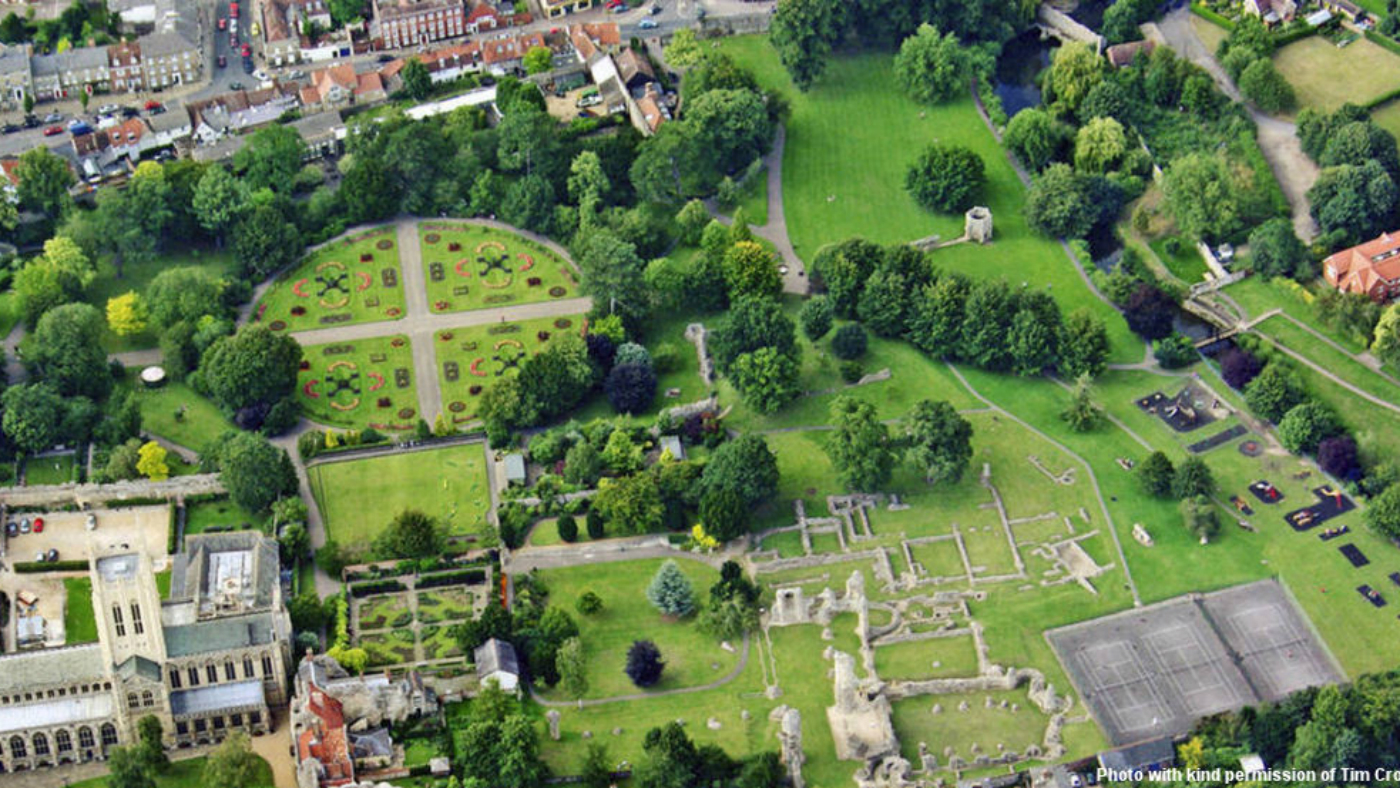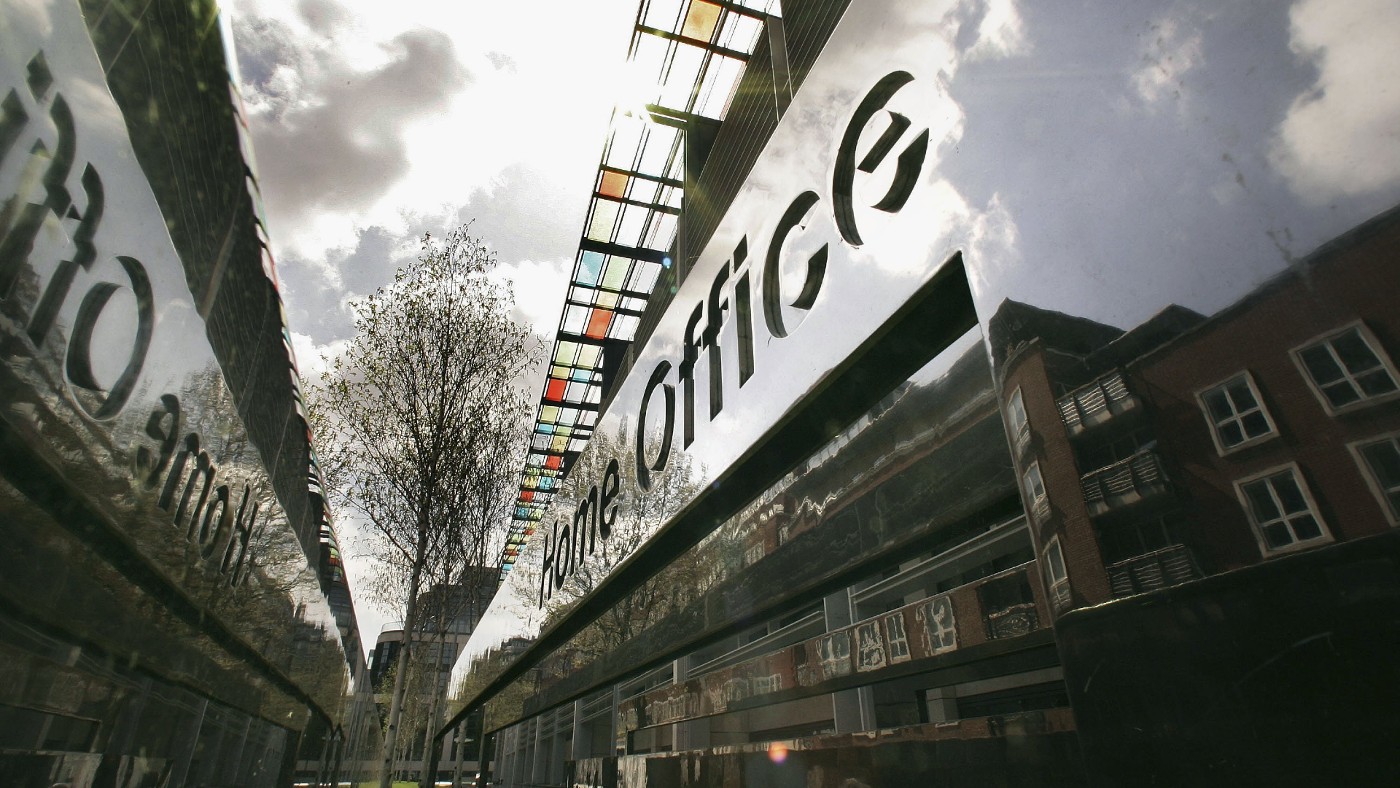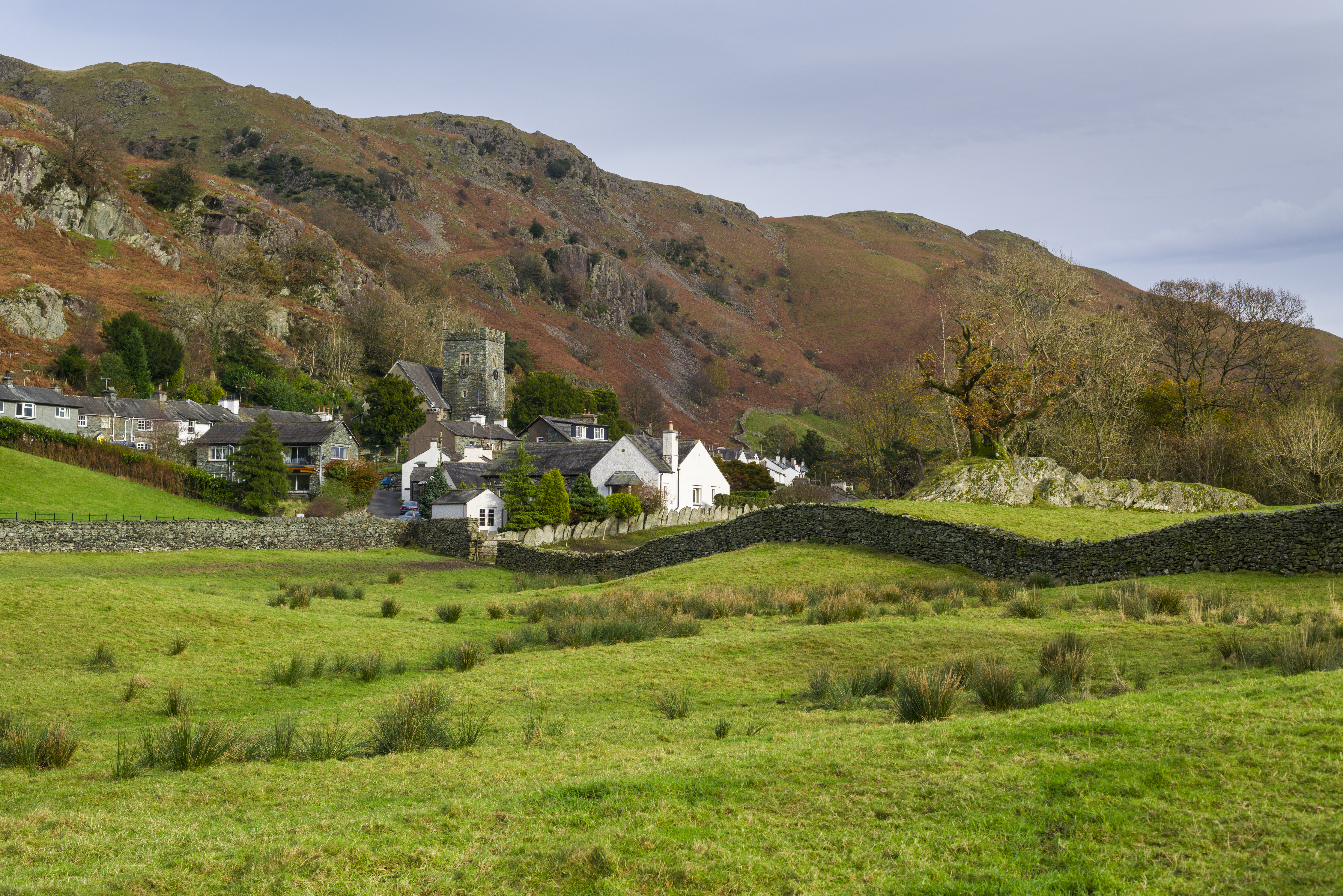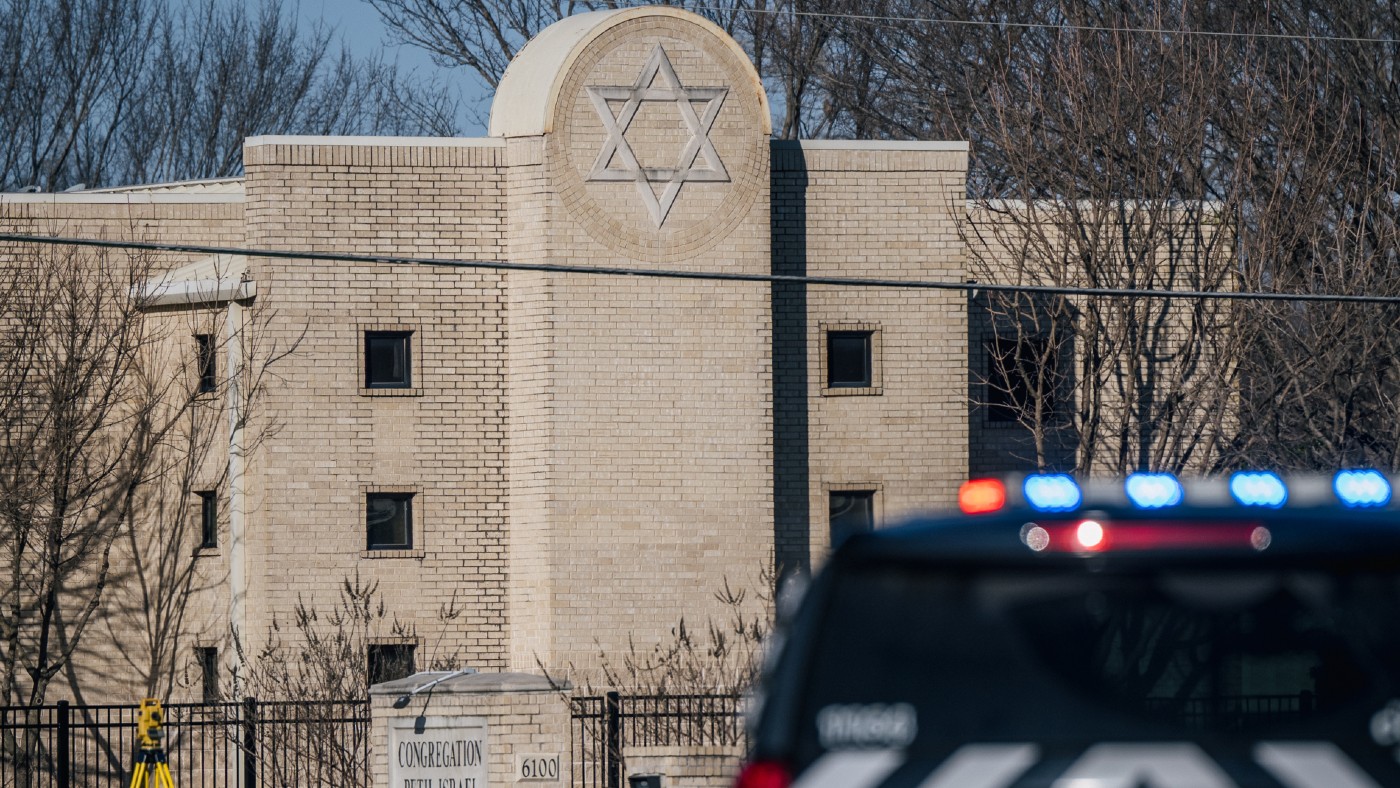Is St Edmund buried in Bury St Edmunds?
Archaeologists believe remains of Saxon king could lie under tennis courts in the Suffolk town

Archaeologists are hoping to dig up tennis courts in Bury St Edmunds to see if the remains of Saxon king St Edmund are hidden underneath.
After the bones of Richard III were found buried under a Leicester car park in 2012, historians believe they might have located the final resting place of another monarch.
Edmund was a 9th-century king of the East Angles, who is thought to have been killed by Vikings in either Suffolk or Norfolk.
The Week
Escape your echo chamber. Get the facts behind the news, plus analysis from multiple perspectives.

Sign up for The Week's Free Newsletters
From our morning news briefing to a weekly Good News Newsletter, get the best of The Week delivered directly to your inbox.
From our morning news briefing to a weekly Good News Newsletter, get the best of The Week delivered directly to your inbox.
His remains were kept in a shrine in the Abbey in Bury St Edmunds but were lost during Henry VIII's widescale dissolution of the monasteries in the 16th century.
Historian Francis Young told The Daily Telegraph, "The commissioners who dissolved the Abbey on 4 November 1539 mentioned nothing about the body, and given St Edmund's royal status it is likely they would have quietly allowed the monks to remove the body from the shrine and relocate it.
"According to a third-hand account from 1697, St Edmund was placed in an iron chest by a few monks but sadly the account doesn't give the location within the Abbey precincts where he was buried. On balance, however, the monks' cemetery is the most likely location."
The monks' cemetery is now a tennis court in the town's Abbey Gardens.
A free daily email with the biggest news stories of the day – and the best features from TheWeek.com
The local council, with the backing of St Edmundsbury Cathedral, wants to allow archaeologists to dig there.
It might seem common sense that with a name like Bury St Edmunds, the town is likely to be the final burial place of St Edmund. But it was formerly called St Edmundsbury, and the "bury" suffix is the same as "burgh", meaning "settlement".
This new archeological proposal comes after the discovery of the skeleton of Richard III beneath a car park in Leicester, which gave the city a welcome tourism boost. It has since been reported that the grave of Henry I may be located beneath a car park on the site of Reading prison in Berkshire. Henry I's remains have not yet been unearthed but local news site Get Reading has said that finding the grave might give the town a "20 per cent rise in tourism".
In Scotland meanwhile, an effort is being made to find the tomb of James I, "as part of a wider plan to creating a new tourist offering", says the Daily Record.
-
 Pipe bombs: The end of a conspiracy theory?
Pipe bombs: The end of a conspiracy theory?Feature Despite Bongino and Bondi’s attempt at truth-telling, the MAGAverse is still convinced the Deep State is responsible
-
 The robot revolution
The robot revolutionFeature Advances in tech and AI are producing android machine workers. What will that mean for humans?
-
 Health: Will Kennedy dismantle U.S. immunization policy?
Health: Will Kennedy dismantle U.S. immunization policy?Feature ‘America’s vaccine playbook is being rewritten by people who don’t believe in them’
-
 Home Office worker accused of spiking mistress’s drink with abortion drug
Home Office worker accused of spiking mistress’s drink with abortion drugSpeed Read Darren Burke had failed to convince his girlfriend to terminate pregnancy
-
 In hock to Moscow: exploring Germany’s woeful energy policy
In hock to Moscow: exploring Germany’s woeful energy policySpeed Read Don’t expect Berlin to wean itself off Russian gas any time soon
-
 Were Covid restrictions dropped too soon?
Were Covid restrictions dropped too soon?Speed Read ‘Living with Covid’ is already proving problematic – just look at the travel chaos this week
-
 Inclusive Britain: a new strategy for tackling racism in the UK
Inclusive Britain: a new strategy for tackling racism in the UKSpeed Read Government has revealed action plan setting out 74 steps that ministers will take
-
 Sandy Hook families vs. Remington: a small victory over the gunmakers
Sandy Hook families vs. Remington: a small victory over the gunmakersSpeed Read Last week the families settled a lawsuit for $73m against the manufacturer
-
 Farmers vs. walkers: the battle over ‘Britain’s green and pleasant land’
Farmers vs. walkers: the battle over ‘Britain’s green and pleasant land’Speed Read Updated Countryside Code tells farmers: ‘be nice, say hello, share the space’
-
 Motherhood: why are we putting it off?
Motherhood: why are we putting it off?Speed Read Stats show around 50% of women in England and Wales now don’t have children by 30
-
 Anti-Semitism in America: a case of double standards?
Anti-Semitism in America: a case of double standards?Speed Read Officials were strikingly reluctant to link Texas synagogue attack to anti-Semitism